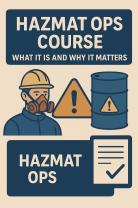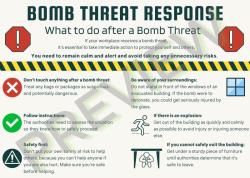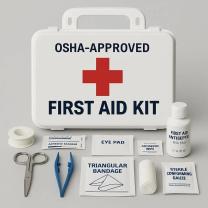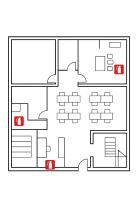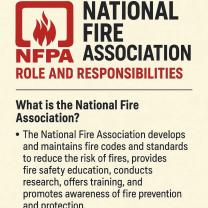What are the different types of hazmat packing?
Hazardous materials (hazmat) packing is critical for the safe transportation of substances that pose a risk to health, safety, property, or the environment. Hazmat packing must comply with regulations set by agencies such as the U.S. Department of Transportation (DOT) and the International Air Transport Association (IATA). The type of hazmat packing required depends on the specific hazardous material and the mode of transportation. Here are some common types of hazmat packing:
Drums and Barrels: These are cylindrical containers typically made of steel, plastic, or fiberboard. They are commonly used for storing and shipping hazardous liquids, solids, or powders. Drums can vary in size, with capacities ranging from a few gallons to over 100 gallons.
Jerricans and Carboys: Jerricans are rectangular or square-shaped containers, often made of plastic, designed for the safe transport of liquids, including hazardous materials. Carboys are larger, glass or plastic containers used for storing and transporting chemicals.
Cans and Pails: Metal or plastic cans and pails are used for shipping smaller quantities of hazardous materials. They come in various sizes and shapes, making them suitable for a wide range of substances.
Intermediate Bulk Containers (IBCs): IBCs are large, rigid containers that can hold significant volumes of hazardous liquids or solids. They are often made of high-density polyethylene (HDPE) and have built-in pallets for ease of handling.
UN Packaging: UN packaging refers to containers that meet the United Nations packaging standards. These containers are specifically designed and tested to safely transport hazardous materials. They often include drums, boxes, and bags with UN markings indicating their compliance.
Pressure Vessels: Pressure vessels, such as gas cylinders, are used for transporting compressed gases. They must meet strict safety standards and have proper labeling to indicate the type of gas they contain.
Tank Containers and Tank Trucks: Tank containers and tank trucks are specialized vehicles for transporting large quantities of liquids or gases. They are designed to meet strict safety regulations and may include features like pressure relief valves and protective shells.
Flexible Intermediate Bulk Containers (FIBCs): Also known as bulk bags or super sacks, FIBCs are large, flexible containers used for transporting bulk quantities of powders, granules, or solids. They often have lifting straps for handling.
Glass and Plastic Bottles: Smaller quantities of hazardous liquids or chemicals may be shipped in glass or plastic bottles, often with tamper-evident caps and safety labels.
Composite Packaging: Composite packaging consists of different materials combined to provide specific hazmat packing solutions. For example, fiberboard boxes with plastic liners are commonly used for hazardous solids.
Specialized Packaging: Some hazardous materials, such as radioactive substances or infectious materials, require specialized packaging designed to meet specific regulations and protect against contamination or radiation exposure.
It's crucial to consult the applicable regulations and guidelines for the proper hazmat packing requirements, including labeling, marking, and documentation. Properly trained personnel should handle and pack hazardous materials to ensure compliance with safety standards and prevent accidents during transportation.




